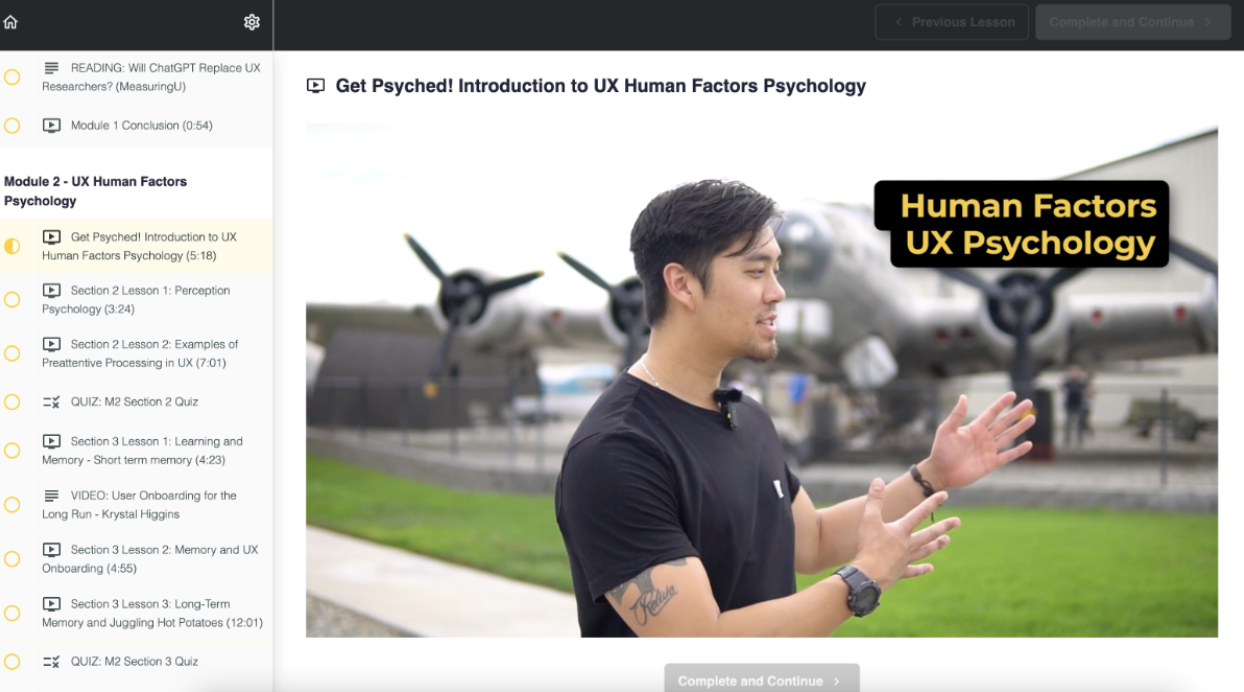In the introductory chapter of this guide, we are going to cover all the first things you should know about UX research, such as the definition of UX research itself, what its benefits are, when you should conduct it, and what kinds of methods can be involved.
What is UX research?
UX research is the process of studying the behaviors and attitudes of your product’s/service’s end users, their pain points and habits with the goal of making informed design decisions and creating a product that is easy and pleasant to use.
It can be conducted using various methodologies, which can range from observing people interacting with your product, to having them fill out a questionnaire. UX research is a crucial part of creating or improving any product that will be used by people, since it will tell you how it can serve the people better.
Helping you to backup your design decisions with facts makes sure that the product will meet users expectations and provide them with seamless user experience.
Why is UX research important?
The importance of UX research is perfectly summarized by quoting this one question
“Unless we understand who we are designing for and why, how can we even know what to create or where to begin?” – Interaction Design Foundation.
Research helps you find out who your users are, what they expect your product to help them with, explore their behavioral patterns, and discover what causes them frustration or confusion. Once you have this type of knowledge, creating a website or an app that will help your users with their actual real goals and needs becomes achievable, which is where you want to be.
When to do UX research?
The short answer: all the time.
UX research is initially conducted in the beginning of the design and development process of a new product or service. It provides you with a steady foundation for your future design strategy and introduces the user-centric approach to the project from the start. If you neglect getting to know all about your users early on, this will invariably come back to bite you sooner or later. If your solution to the user’s problem is fundamentally flawed due to lack of understanding on your part, the cost can be huge. Researching your users early will help you prevent it..
However, it doesn’t end there.
It is crucial to conduct UX research throughout the design process. This approach will help you uncover and eliminate usability issues early on, leaving more time for fixing them in a way that doesn’t affect your budget.
If you want to achieve that users have a specific kind of user experience with your product – how they feel, how they perceive its value – you need to keep a close eye and validate, validate, validate.
So, even though a lot of research takes part in the beginning of the design process, it’s also important to not forget about researching with users later on.
Some of the most common stages for conducting UX research are:
- At the beginning of the design process
- At the prototyping stage
- Before implementing a new feature/redesigning
- Before the launch
What are the benefits of UX research?

Understanding your users
Seeing how users perform certain tasks and how they interact with your product or just interviewing them and asking about their preferences and opinions gives you deep insights into the way their minds work. This information not only helps you understand them better, but gives you an opportunity to alter the product’s design to who your user is and what their real needs are..
Do you have no users yet? No problem. You still have a target audience that you need to focus on. Making a new shopping app for a formerly physical-only store chain? Interview the people who shop there, watch them as they shop to learn about their habits. If everyone always shops in a certain way, perhaps instead of a complicated digital storefront, you can streamline the shopping experience.
Avoiding bias
When creating a new product, UX research is often underestimated. Product owners often think that users operate the same way they do, which is false. Other times, they expect users to have the internal knowledge which they really don’t. What you think is useful isn’t necessarily useful to your customers and vice-versa. For example, imagine spending months creating a complex multilayered search which allows for filtering your company’s portfolio by every aspect, only to find out that it induces decision paralysis in everyone outside your team, making it unusable.
Coming up with a UX strategy and finding out what your users actually need and how they think about those needs is key to creating a product that will be easy for them to use.
Saving money in the long run
Running UX studies early on in the design process helps you make sure that the specification of the product handled to the development team is already for a product which is user-friendly, provides the right value and is enjoyable to use. Meaning, you are able to predict – and get rid of most user issues early on and won’t need to spend tons of time and money fixing them in the final product or even by going back to the drawing board.
Although doing your UX research may seem as an extra activity which you may be tempted to skip, thinking you’re just that good at knowing your stuff, we implore you not to on behalf of many teams who made the same mistake. Paying attention to your users is guaranteed to pay off and the sooner you realize this, the better.
Competitive advantage
Good UX goes a long way, especially when it comes to getting ahead of your competitors. Think about it like this: Which website are you most likely to make a purchase from? The one that was hard to navigate and annoyed you with countless pop-ups, or the one where you purchased the desired item with 3 clicks?
Providing your customers with pleasant experiences is a perfect way to make them choose you over your competitors.
Creating products that people love to use
Finally, the most important benefit of conducting UX research is that it helps you design websites/apps that people actually enjoy using! A customer who is left satisfied after interacting with your product or buying from you is always more likely to come back!
Maintaining the users whom you already won over also relies on providing continued enjoyable experience. User inertia is a powerful force. As long as the user loves what you’re doing and always comes back content, they have no need to leave or look at the competition.
What does a UX researcher do?

A UX researcher is a person who serves as a user advocate in a design process. By using various UX research methods and conducting usability studies they analyze users, discover their needs, pain points and make sure that the product is designed with those needs in mind. Their findings help design teams create successful user-centered products and avoid guesswork by backing up every design decision with data from their studies.
Strong soft skills are crucial for UX researchers to be good at their job. It’s important that they know how to communicate effectively as talking to users and advocating for their needs in front of other team members is a significant part of their job. Another important skill for a UX researcher is problem solving. People of this profession should be able to not only pinpoint design problems but also generate effective solutions for them.
Some of the key responsibilities of a UX researcher include:
- creating a research plan
- recruiting participants for the tests
- preparing the tests, questions and tasks for the participants
- conducting UX research studies using UX research methodologies
- working with UX research tools
- analyzing the study results
- generating solutions to problems found
- communicating their findings to design teams/stakeholders
UX research methods
There are many UX research methods that you can choose from to gain insights about your users. Sometimes you’ll just need one, other times you’ll have to use mixed methods to really understand why users do what they do. The complexity of these activities can also vary, from multiple-hour focus groups to sending the simplest of questionnaires.

All UX research methods can be divided into two groups:
- Qualitative
- Quantitative
Depending on circumstances, a hybrid qualitative-quantitative study is also possible. Check out our handy guide to all UX research methods, where we explain which one to choose and when. The choice of the method always depends on the goals of your research as well as the amount of time and money available.
How many people do you need for your UX research?
The number of participants you’ll need to recruit for your user tests depends on the UX research method you chose for your study.
For qualitative tests you normally don’t need a large number of participants. In usability testing, a couple of user tests can be enough to help you uncover most issues. For example, Nielsen Norman Group famously states that 5 testers is an ideal number most of the time.
However, keep in mind that this presumes the ideal state when your usability testing is iterative – if you don’t find a usability issue once, you are bound to find it next time. Unfortunately, not every company has the capacity to do that, in which case 10-20 participants will be more reliable.
You’ll also need to multiply the number if your target audience is composed of distinct segments (e.g. students, parents, teachers). As we can see, setting a single ideal number of participants would be a broad oversimplification.
In quantitative studies, you’ll need more people in order to get accurate statistics. For example, the recommended number of participants in a card sorting study is around 20-40. Learn more about the perfect number of study participants for each method in our article: Usability Studies: how many participants are enough?



